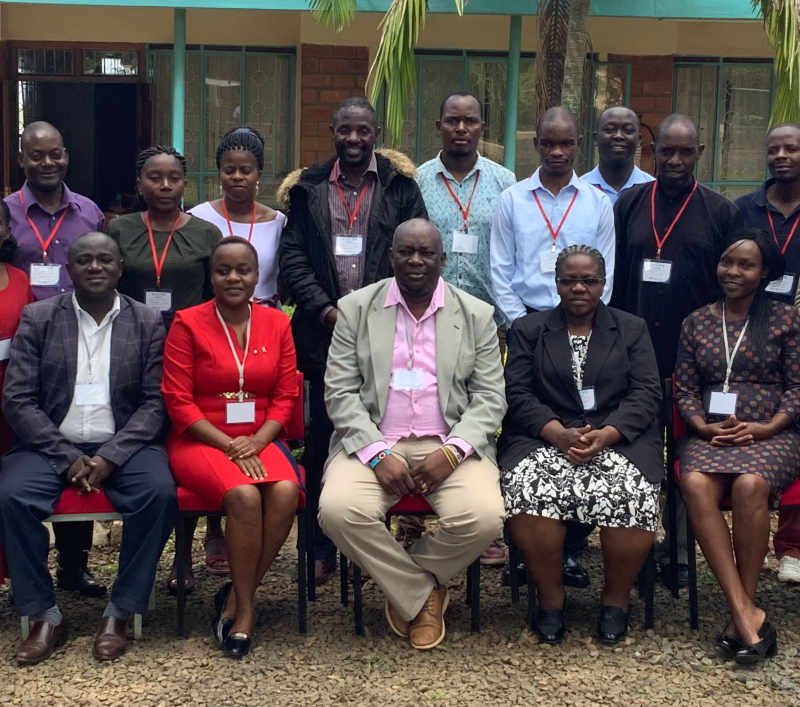Stakeholders Workshop on AI4KSL: Bridging Language Barrier using Artificial Intelligence
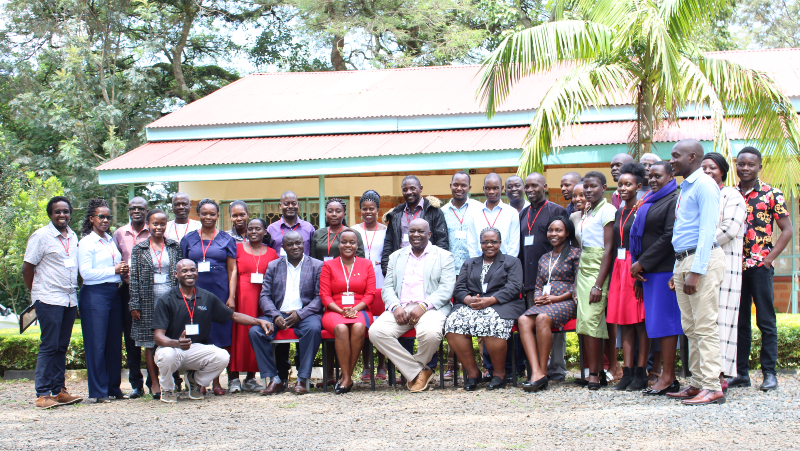

Stakeholders Workshop on AI4KSL: Bridging Language Barrier using Artificial Intelligence for Kenyan Sign Language among Deaf Learners.
Maseno University today launches the AI4KSL project through an inception and capacity building workshop. The workshop brings together investigators, research assistants, members of the deaf community, teachers from Schools for the deaf, and other stakeholders. The aim of the workshop is to map a way forward on achieving the objectives of the project with the hope of sensitizing all stakeholders on the importance of inclusivity in Education.
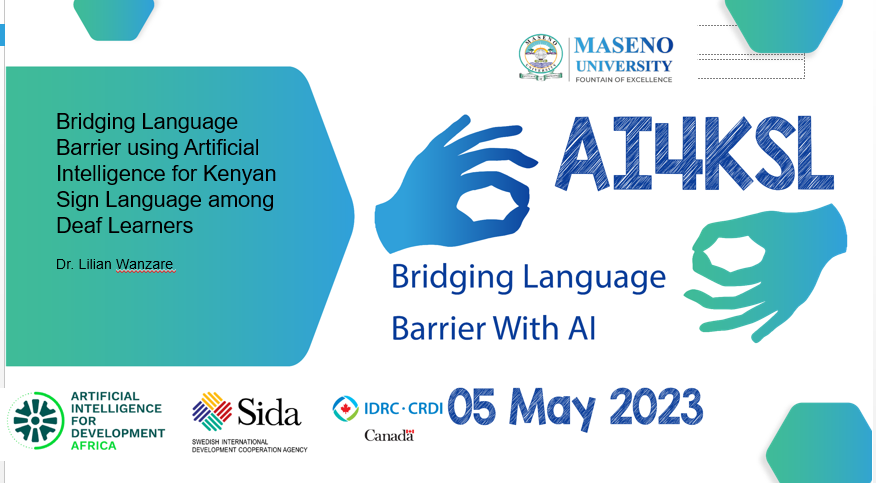
The AI4KSL project seeks to develop an assistive Artificial Intelligence technology for Kenyan Sign Language that translates spoken English to Kenyan Sign Language (KSL) for deaf people with visual representation using virtual signing characters. The AI4KSL innovation will be tested on graduate teacher trainees specializing in sign language and deaf students in Kenyan learning institutions and it has the potential to break language barriers, increase learning outputs and inclusion; improve bilingual proficiency.
The project is supported by the Artificial Intelligence (AI) for education innovation network which is part of the AI4D Africa program and is co-funded by Canada’s International Development Research Centre (IDRC-CRDI) and the Swedish International Development Agency (SIDA). The network is managed by the EduAI Hub consisting of the University of Lagos in Nigeria, Universitéd’Abomey Calavi in Benin Republic, and Data Science Nigeria (DSN).

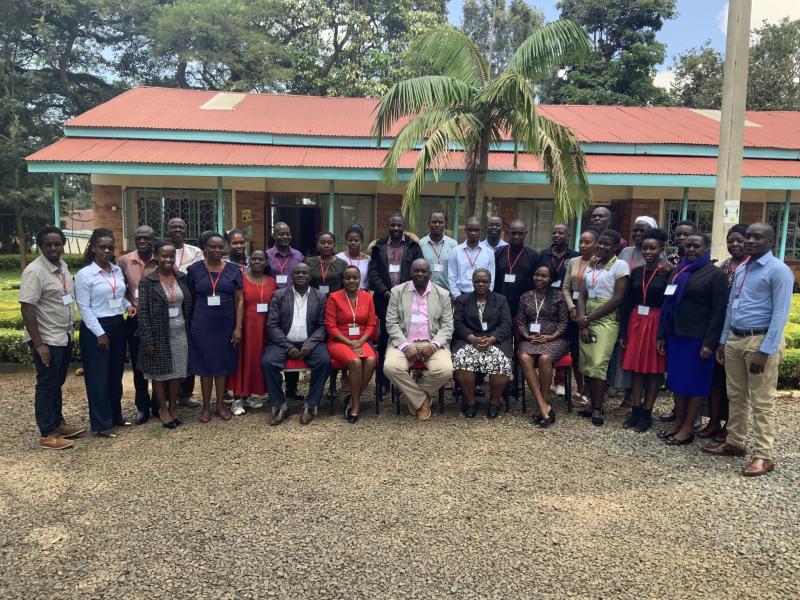
Project Objectives
1. Build dataset for spoken English and video recorded Kenyan Sign Language: The project will collect spoken English data and video recorded Kenyan Sign Language (words and sentences (written and spoken), KSL gloss, Videos of Signs) The objective will target deaf learners, special needs educators, curriculum review specialists and researchers in education technology.
2. Develop a prototype assistive AI technology from spoken and written text to KSL: Transcriptions of the KSL signs to a phonetic-level interface of the sign language (handshape, palm orientation, location, movement, and non-manual markers/signals). The animation module will render the signed input using an avatar.
3.Evaluation of the assistive AI technology: Verification of the phonetic notations against the KSL animation output using sign language experts. Prototype testing in the classroom with deaf learners during teaching and learning.
Project Investigators
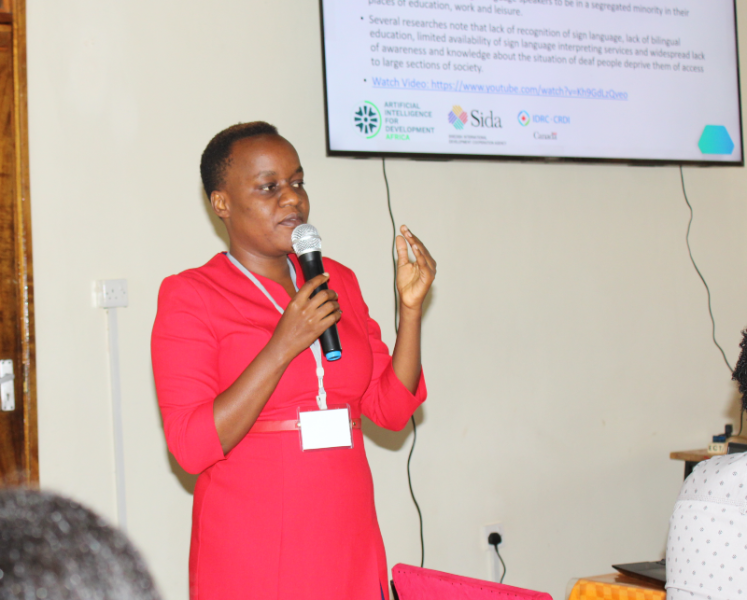
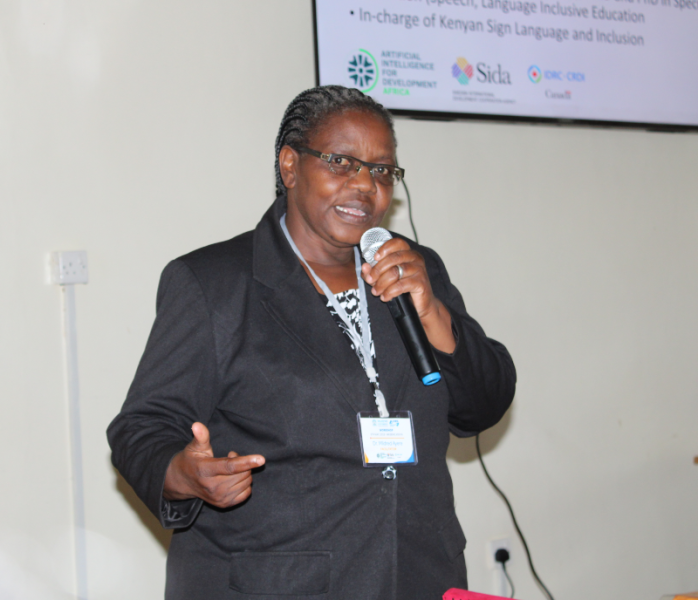

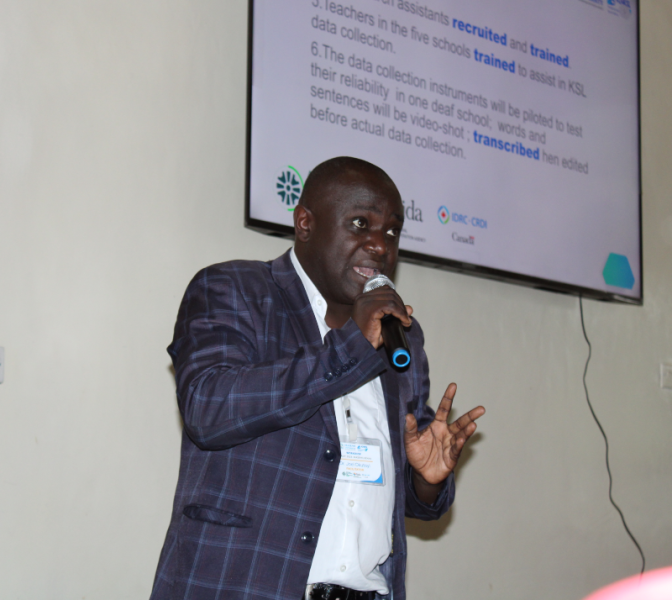
Pilot Data Collection Centers
The following are the Centers:
- St Angela Girls Secondary
- Ematundu Boys
- Nyangoma Mixed
- Maseno School
- Ebukuyu Primary
Funders


